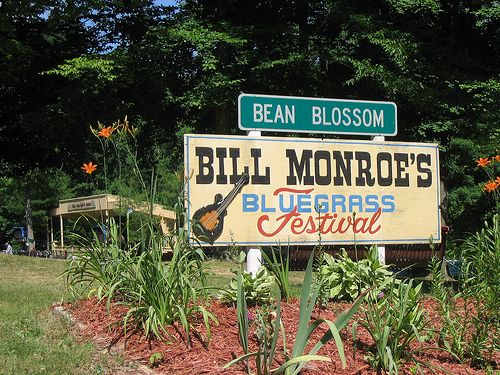


The second unexpected event at the 1971 festival was the reunion of Bill Monroe and his former lead singer, Lester Flatt. It was the first time where people truly used acoustic bluegrass instruments to create original contemporary music…It was the origins of what some people might call Newgrass.” (5) The fact that Bill Monroe booked Hartford suggests that his long-standing hard line traditionalism might be softening, an encouraging nod to the increasing youth of the festival crowds. Says Bush, ” I’ve said many times without the Aereo-Plain album or band there wouldn’t have been any New Grass Revival. (4) Mandolinist Sam Bush, later founder of the progressive New Grass Revival, was there for Hartford’s performance. (2) This band had just finished recording Hartford’s groundbreaking album, Aereo-Plain, an album many consider as “pioneering a mix of young and old, of tradition and originality, of reverence and abandon.” (3) This mix would ultimately become known as “newgrass,” a variation of Monroe’s music that he admittedly disliked, though it would become popular with a large portion of bluegrass fans. In addition to Hartford on the banjo, his band was comprised of guitarist Norman Blake, dobroist Tut Taylor, and fiddler Vassar Clements. Noted in the poster as a “special guest,” was John Hartford, sporting unkempt long hair and beard, in contradistinction to his former clean-cut Glen Campbell Show appearances.

Monroe, who jealously guarded the conservative tradition of “his music,” had booked an act considered to be outside of the traditional mainstream of bluegrass. (1) Given these qualities, his 1971 Bean Blossom festival was historical in featuring two artists whose appearances would have previously seemed unlikely. Bill Monroe was known for his tough willpower, fierce artistic competitiveness, gristly stubbornness, and lengthy feuds. This exhibit features the Hatch Show print used to promote Bill Monroe’s fifth annual Bean Blossom festival staged in June of 1971.


 0 kommentar(er)
0 kommentar(er)
